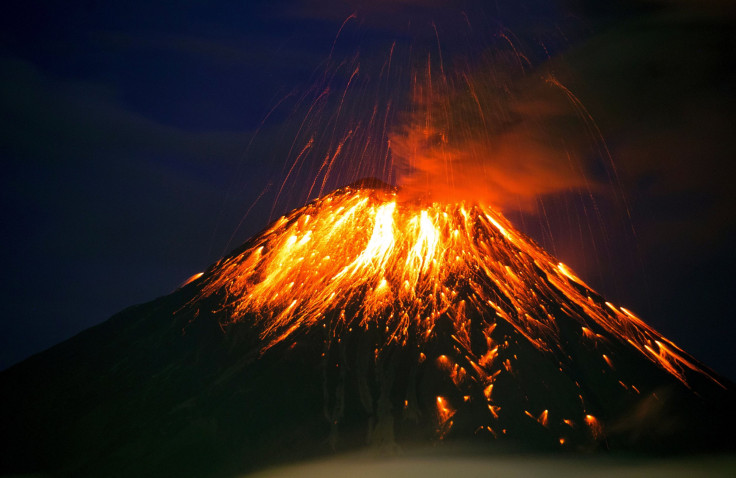Early Modern Humans Thrived In Africa Despite Powerful Super Volcano Eruption

Super volcano eruptions are known to spur a series of life-threating environmental changes, but a new study has shown despite a massive super volcanic eruption some 74,000 years ago, early humans living in South Africa thrived and lived their lives as they were supposed to.
Mount Toba in Indonesia is believed to be the most powerful super volcanic eruption in the last two million years. It spewed loads of rock, ash, and debris into the sky and led to a long-lasting volcanic winter — a several-year-long period during which there was hardly any sunlight and life was pushed toward the brink of extinction.
Scientists believed the endless volcanic winter would have devastated populations with famine and crop failures. But, a recent study published in journal Nature tells a different story and shows signs of continuous human occupation throughout the volcanic event.
"What we found was that during and after the time of the Toba eruption people lived at the site continuously, and there was no evidence that it impacted their daily lives," said Erich Fisher, associate research scientist at the Arizona State University, who was part of the study.
Researchers from Arizona State University got this evidence after analyzing shards of glass that were blasted into the sky, along with other debris, during the volcanic eruption.
They found the ancient fragments at an archaeological site near the town of Mossel Bay, on the south coast of South Africa, and an open-air site about 10 kilometers (6.2 miles) away. Both fragments had a unique chemical signature that confirmed it was indeed a by-product of the Toba eruption.
Then, the group created a 3D model of the sites using the location of the shards as well as other points representing stone artifacts, bones and other cultural remains of people who lived at the time. The model, created with highly-accurate archaeological techniques, demonstrated how the activities of the people changed during the eruption.
They also posited the second site, dubbed Vleesbaai, was also the place where people, possibly from the same group that thrived at the first site, sat in a circular formation and carved stone tools.
This is the first-ever evidence that shows the effect of Toba on the African populations. The researchers think people may have survived because of the food-rich coastline of the region and planned further studies to see if other populations also thrived during the mega-eruption.
© Copyright IBTimes 2024. All rights reserved.




















